Fall Walk at Lone Pine Marsh
Gathering in nature and a powerfully deep end note from The Cure
Once again, I find myself in the company of people interested in learning more about the natural world around us. As I did back in August of this year, I returned to the Lone Pine Marsh Braham Nature Reserve on November 10th, responding to an open invitation from the Northumberland Land Trust to join them for a Fall Walk to examine what’s going on at the marsh dominated property near Colborne, Ontario.
“We were always sure - That we would never change”
I am a different person from the person who was here this summer. The seasons of my life have shifted along with the seasons of the year. This is part of my journey.
We gathered by the gazebo with our guides, Doug McRae, Gerry Carr and Leslie Abram for a walk in the woods that line the west side of the marsh. Before we could set off down the nature path however, a large flock of Canada Geese approached from the south, likely travelling up the short distance from the shores of Lake Ontario. The din of their calls to each other grew and grew. In no time, they filled the sky. We stopped our hellos, how are yous, to watch and listen as they flew in ever tighter circles around the marsh before landing in the wetland and settling into quiet.
The day was grey with few breaks in the cloud. Not a cold day for November, but not warm and sunny either. A possibility of rain they said, but that was more likely to come later in the day. For now the morning was dry. Much of the bright colour that dominated the property in the Summer had vanished.
“Mind the Lone Pine” Leslie said, turning back to the group and pointing down at a sapling white pine as we made our way down to the water’s edge. Seems the original Lone Pine of Lone Pine Marsh fame had run its course. Even lone pines die. The time had come for the property’s namesake to be replaced and this was it. Situated to take a dominant position between the property entrance and the marsh, where hopefully it will one day live up to its chosen destiny. That is, if the beavers or one of a million other unforeseen fates don’t get it first.
We carried on past the marsh lookout, following a mowed path through the thick cover of tall grass and dying goldenrod. We are headed to the woods that line the west side of the marsh.
A small stand of birch trees have sprung up along the water’s edge. We approach following the trail provided.
Stepping up to the water’s edge, we can see the handiwork of some beavers. There are two such dams close by. One here and one further north. Nocturnal creatures, they are likely in residence. But their logging operations are everywhere around us.
These birch are easy to cut through. It looks like a logging operation with short lengths of posts being cut for some purpose unknown to myself. Perhaps there was an explanation from our experts. I’m not sure. I had started to fall behind, fascinated by the details before me.
As the others inspect the beaver dam, I take a closeup of the cutting operation. It’s quite impressive, isn’t it?
And then I’m distracted again. Out in the marsh, the Canada Geese we saw earlier meandering quietly amongst the reeds. There are hundreds of them, but for the most part they remain silent. The occasional squabble breaks out, but these are rare and not long lasting. This by in large is peaceful co-existence on display.
I rush to catch up with the group. We are gathered in communion in the woods by the marsh.
There is something sacred about these shared experiences. The very act of coming here together builds a sense of belonging. The unsaid message, “This is my tribe. I belong here.”
Again I tag along at the end of the walkers. “Bear Scratch,” the person at the end of the line says to me as I rejoin them. Looking down at where he is pointing, I see the marks.
“Probably trying to impress the ladies.” he adds. I really need to keep up I think to myself. What else am I missing?
The line of walkers is stretched out ahead of me, we are moving on again. Headed to another section of woods through another patch of goldenrod and dogwood. But I am stopped in my tracks and kneel to take a closer look. Another death.
I see naturalist Doug McRae coming up from behind with a small family in tow. What’s this Doug? Oh, interesting, he replies. He drops to his knees to join me and inspect the scene, picking up a few tail feathers and examining them closely. Looks like a mourning dove. An x-mourning dove, I correct him. Yes, an x-mourning dove, he concedes.
Looks like about a one year old, he says followed by an explanation which flies swiftly over my head. Something to do with the colouration of the feathers if I recall correctly. He looks up at the power lines overhead considering the multiple options that might have resulted in the pile of feathers in front of us. Could have flown into one of those power lines and then been eaten on the spot by a fox or something, he says, or been picked off by a bird like that red tail hawk up there, pointing to a dark figure flying high above us. He doesn’t go into too much detail in deference to the young boy and his parents who have now joined us.
We carry on into the next set of woods, I take a quick snap of the young family. They were at the Presqu’ile walk in September too. The day I went late to the hospital. The little boy blue dressed in a bright checkers is the only splash of colour in the woods today. Doug remarks how the outfit the boy is wearing looks quite comfortable. That he wishes he had one too. The boy is full of life, laughing and jumping. They hang on to him as much to control his movements as to support him. It’s pretty obvious he’s in seventh heaven. “He’s like that wherever they go”, the father says. “He knows exactly what to do to get the most out of every experience.” How great is that. How wonderful to be guided and introduced to the natural world by such loving parents.
Doug decides to head back with the couple and boy on the path they came on, but I tell them, I think I will follow after the others and try to catch up. We separate and I promptly lose the trail. After some time crashing through the underbrush, I emerge from the woods higher up the hill under the powerlines again. I head north along the well established meadow trail and can see the rest of the group far ahead. They will be back at the marsh lookout by the time I catch up to them. I take my time and take in the view. From up here, you can see the power lines crossing the marsh. The road runs parallel to the property on the right and is bordered by the rise of land on the other side of the marsh.
Following the path, I soon find myself surrounded by yet another sea of goldenrod, this one punctuated by milkweed pods and birdhouses. Fortunately I have my macro lens with me and so go in for a couple of closeups.
Back at the marsh lookout, the group is preparing to leave. I catch up with them as they head to the end of the trail. Despite losing my way and missing some of the helpful instruction, I feel I was able to make the most of the walk, taking my time and stopping to notice and photograph things that caught my attention. A walk in the woods is always a worthwhile endeavour. More so when shared with others.
I guess it’s typical of my style to hold back a bit, to be the loner. Photography is kind of like that anyways. Only one person can look through the viewfinder at a time. I’m okay with that. This type of blended experience suits me just fine. I find comfort in community but also in being alone.
Endnote
I’ll leave you with Alone by The Cure, a very impactful song from their new album Songs from a Lost World that I heard for the first time last night on David Marsden’s radio show at NYtheSpirit.com. It sums up a lot of my feelings about love and loss at the moment and of wondering where it all went. For anyone going through the loss of someone very close to you, please know that you are not alone. We are all there. We have all been there. We will all be there. We too will end. I read this week that it takes outrageous courage to face outrageous loss. Hang in there.
This is the end
Of every song that we sing
The fire burned out to ash
And the stars
Grown dim with tears
Cold and afraid
The ghosts of all that we’ve been
We toast with bitter dregs
To our emptiness
And the birds
Falling out of our skies
And the words
Falling out of our minds
And here is to love
To all the love
Falling out of our lives
Hopes and dreams are gone
The end of every song
And it all stops
We were always sure
That we would never change
And it all stops
We were always sure
That we would stay the same
But it all stops
And we close our eyes
To sleep
To dream
A boy and girl
Who dream the world is nothing
But a dream...
Where did it go?
Where did it go?
Broken voiced lament
To call us home
This is the end
Of every song we sing
Alone
- The Cure

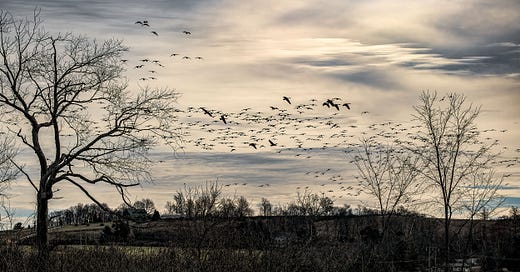



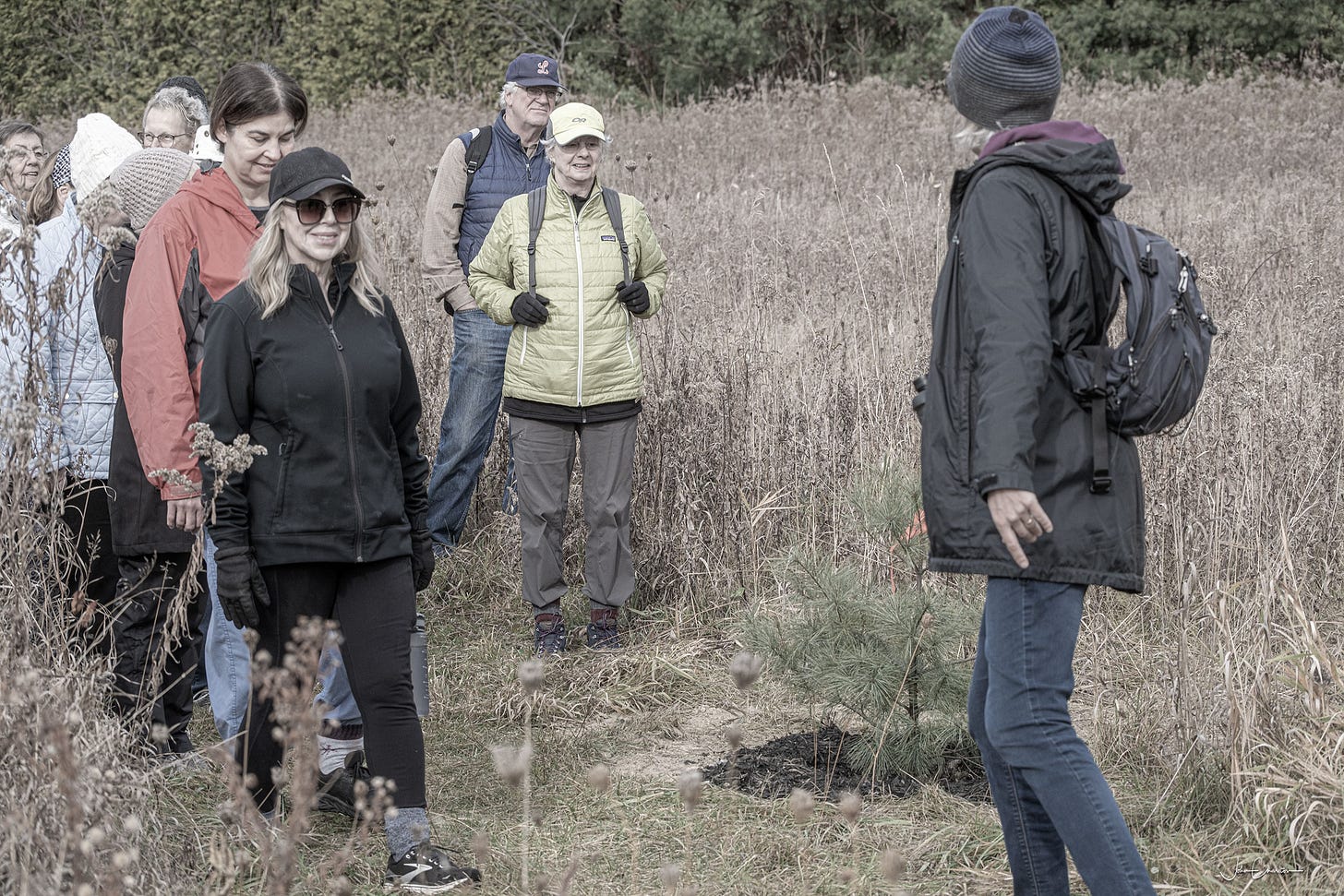
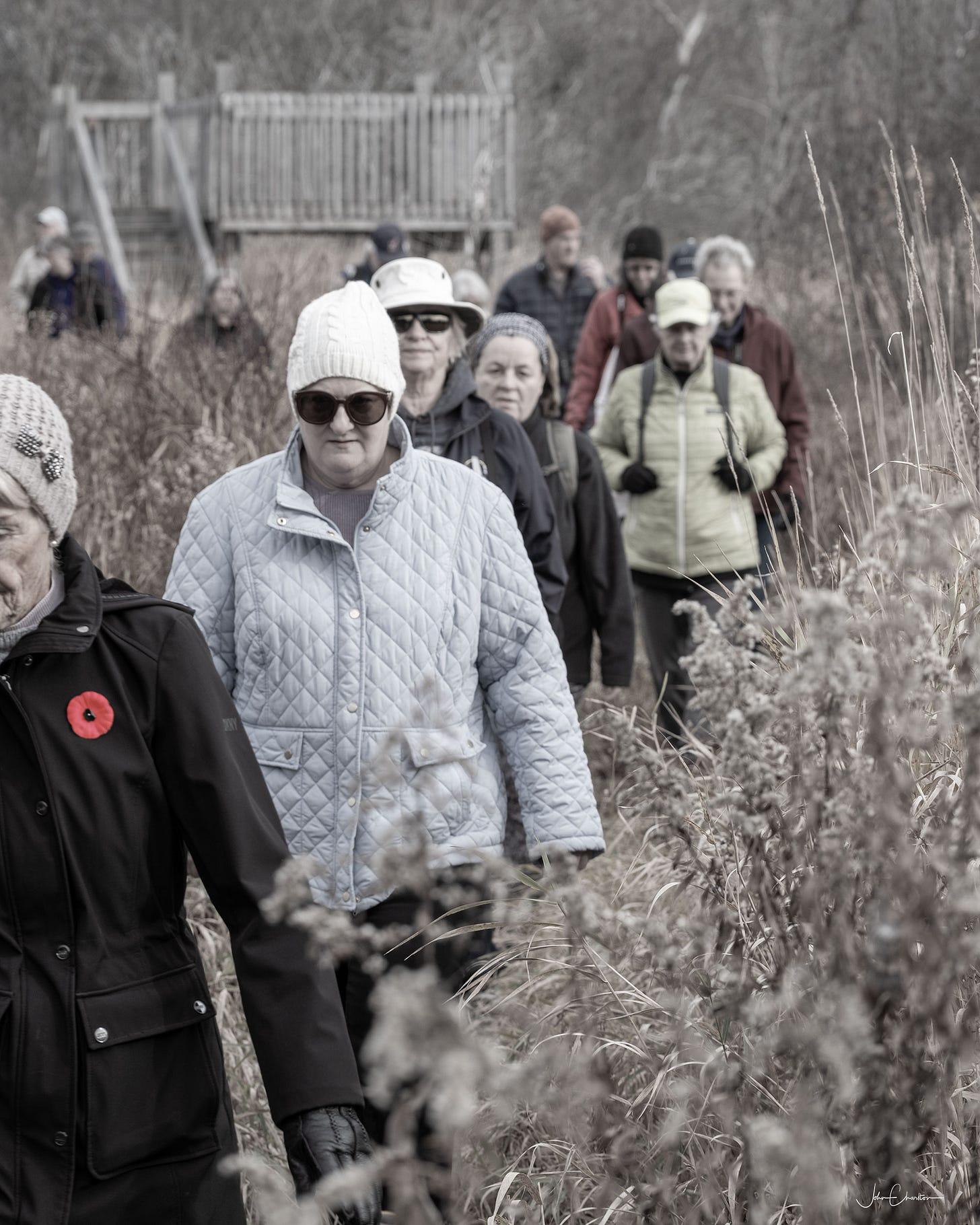
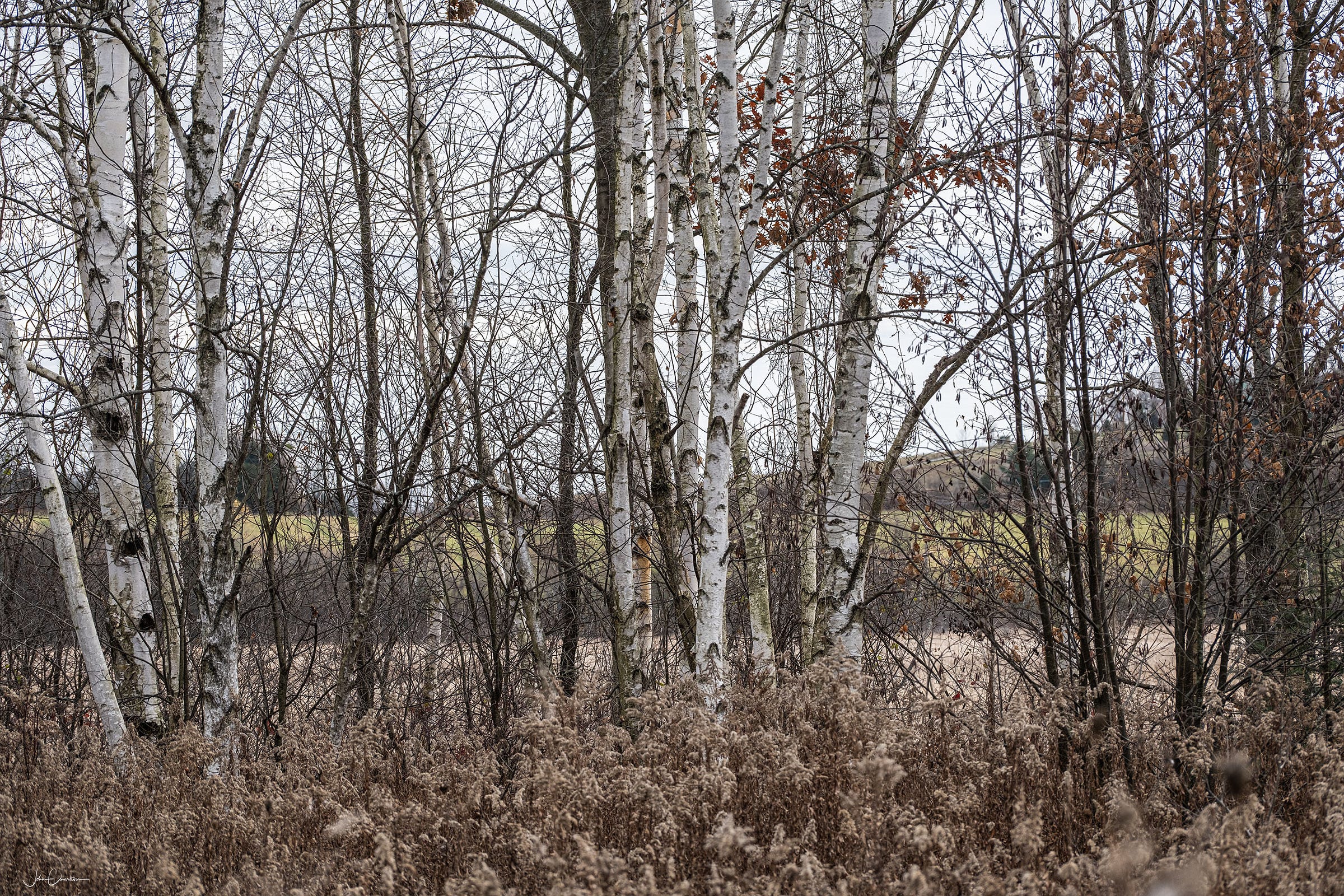
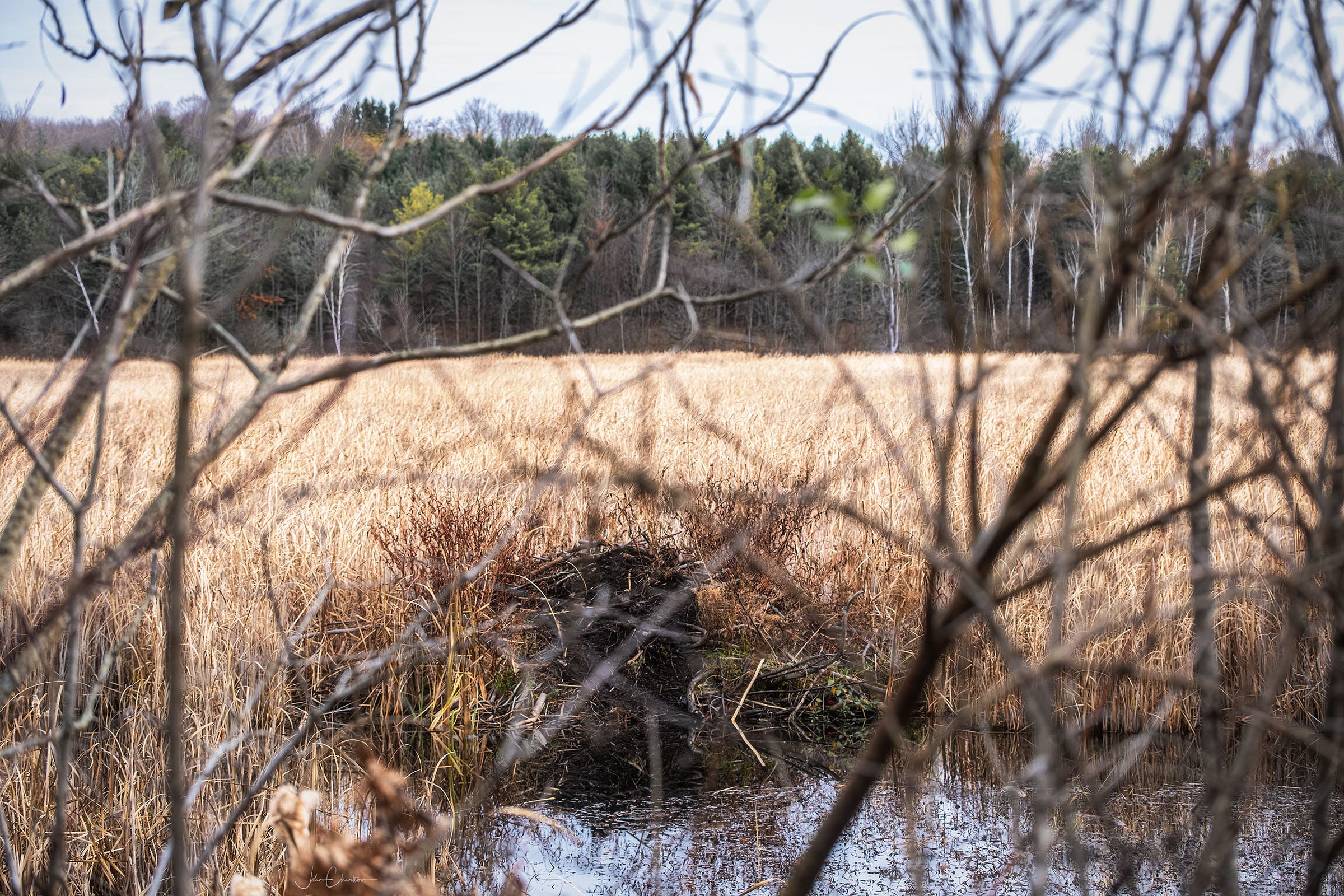
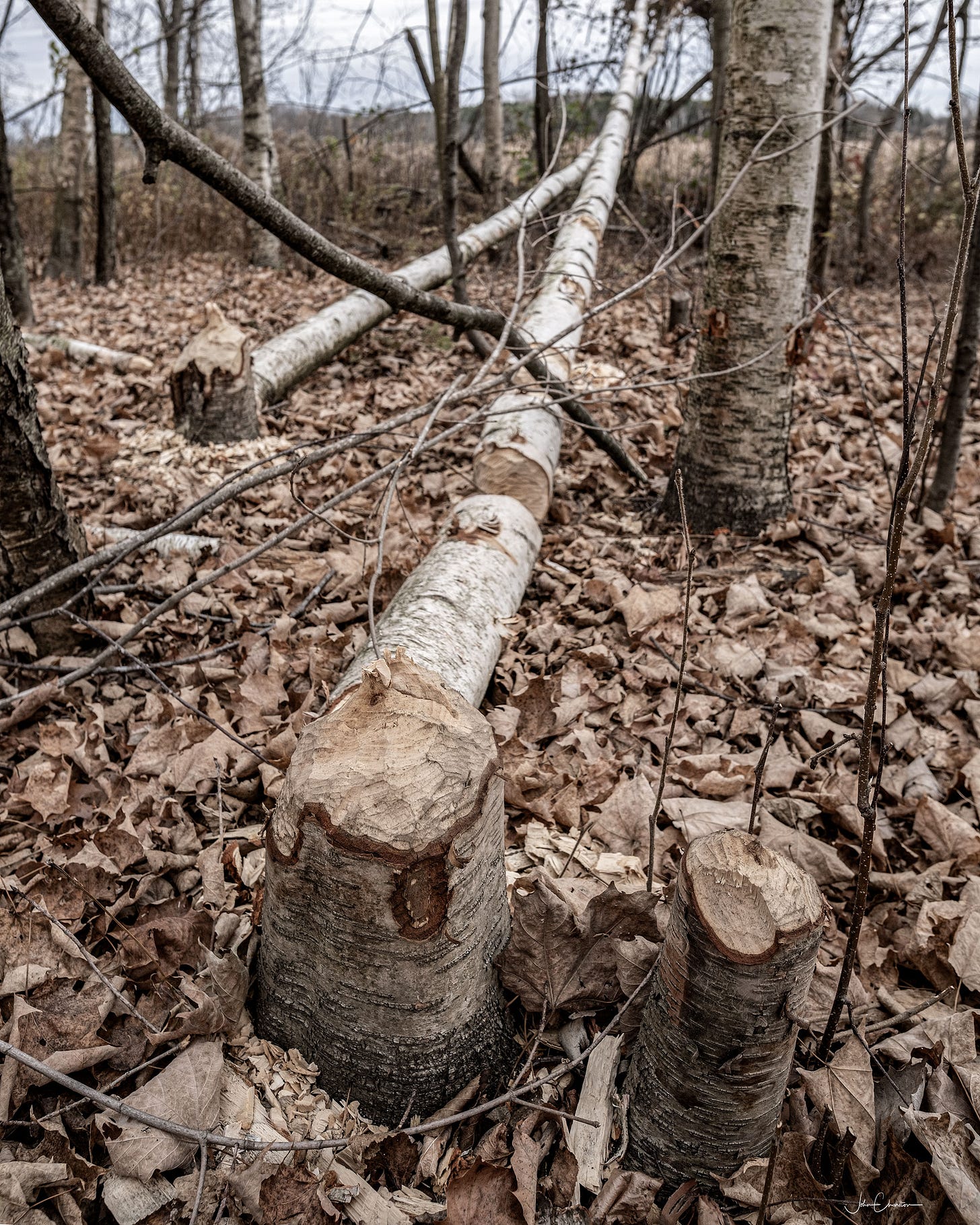
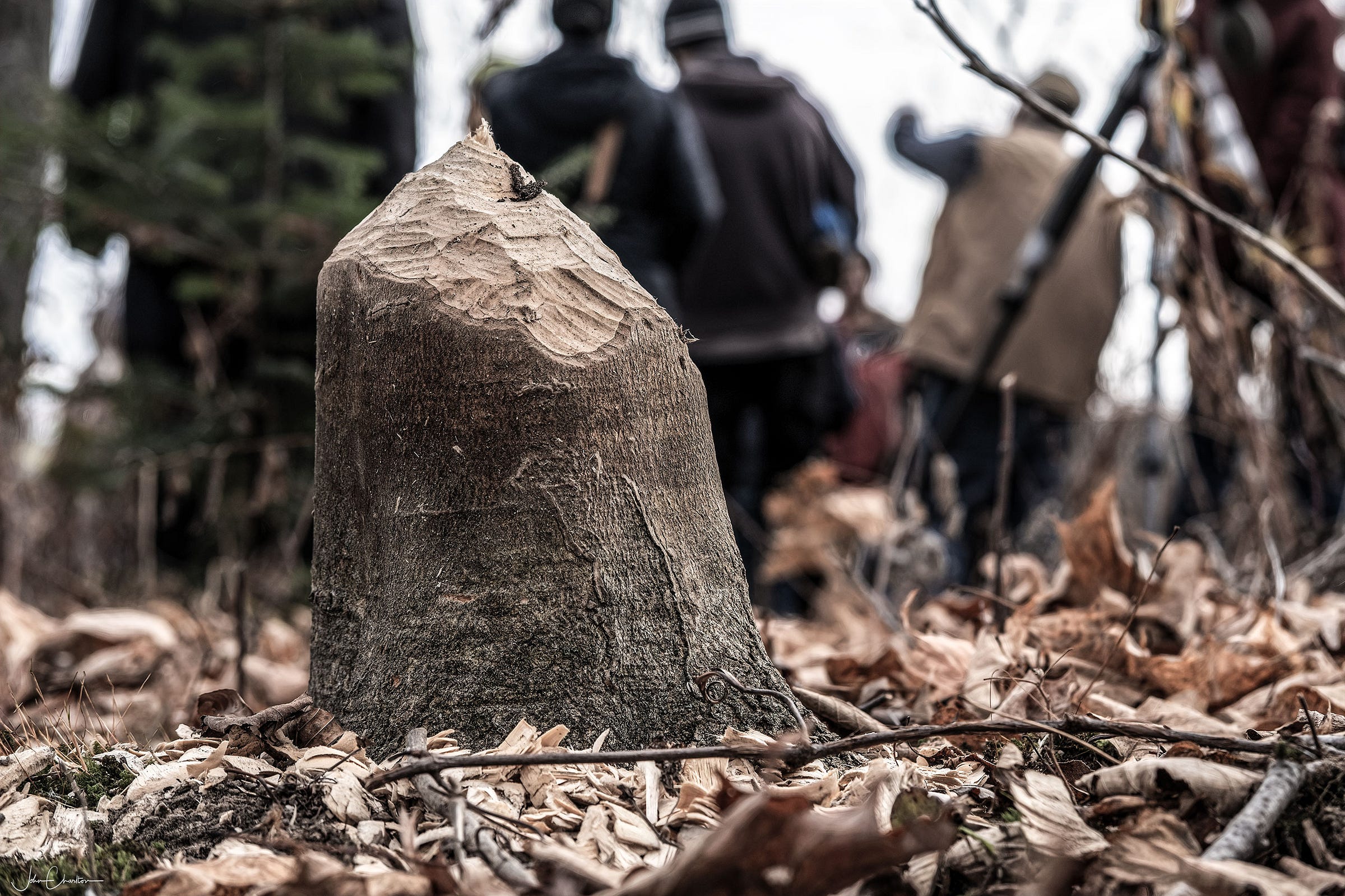
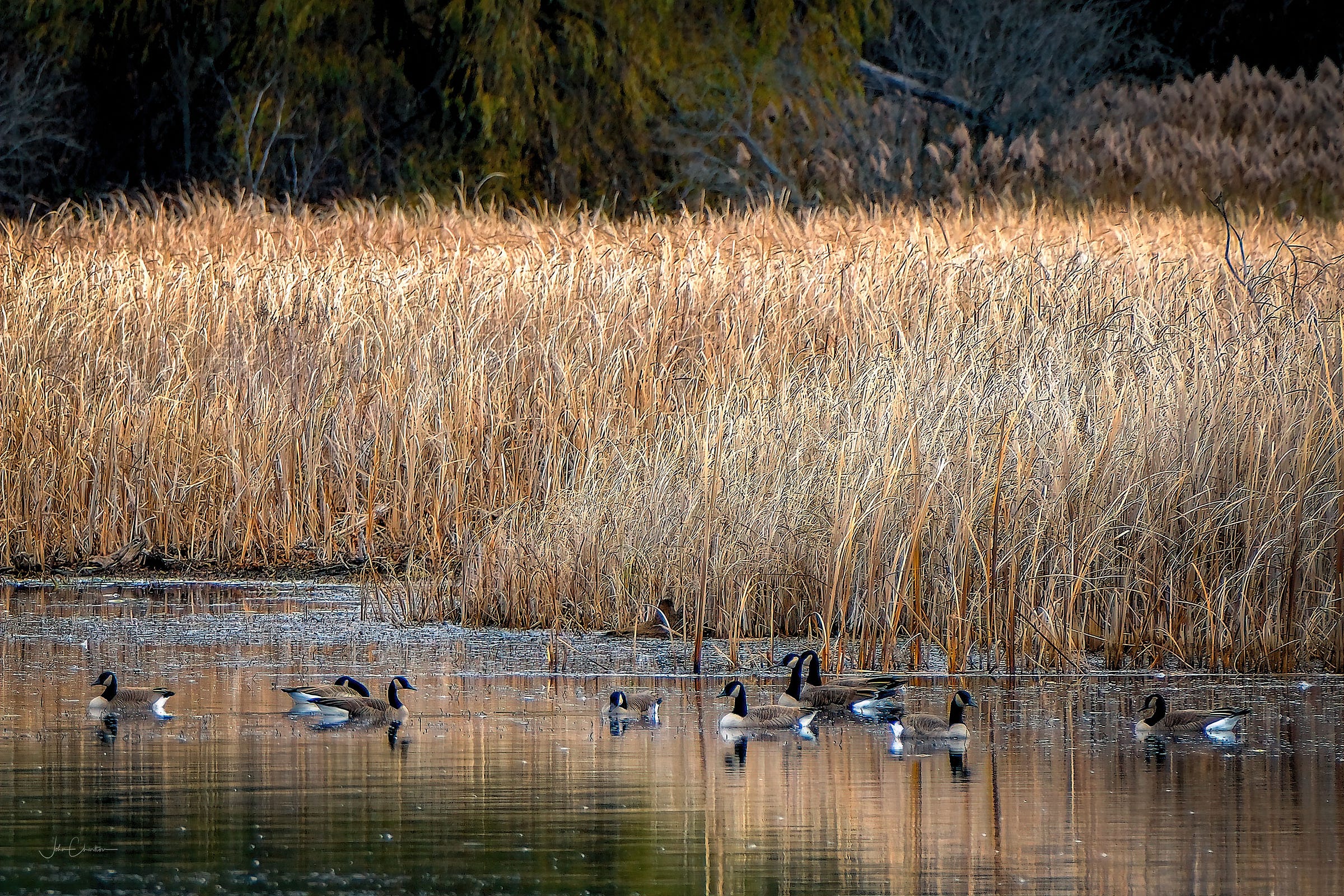
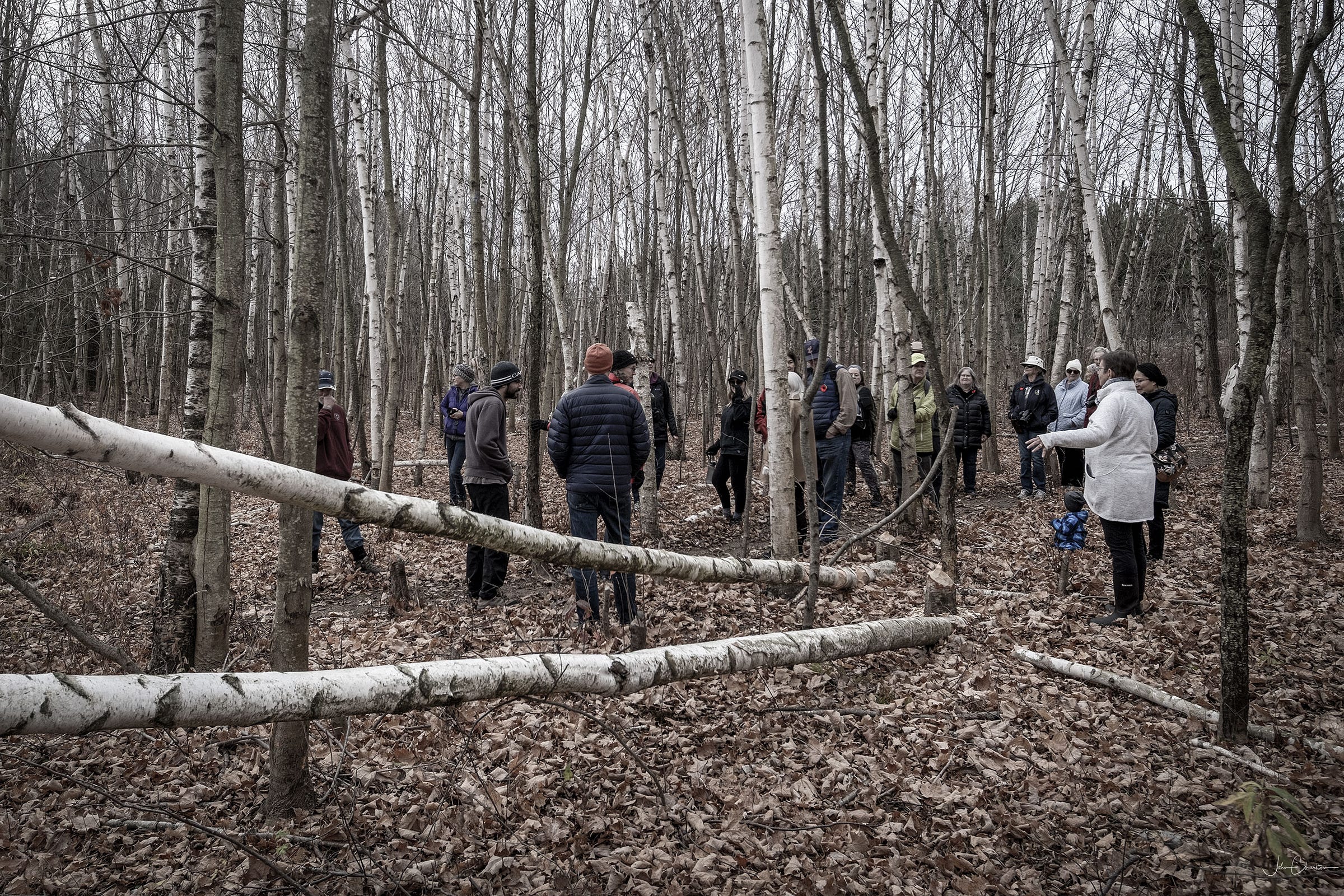
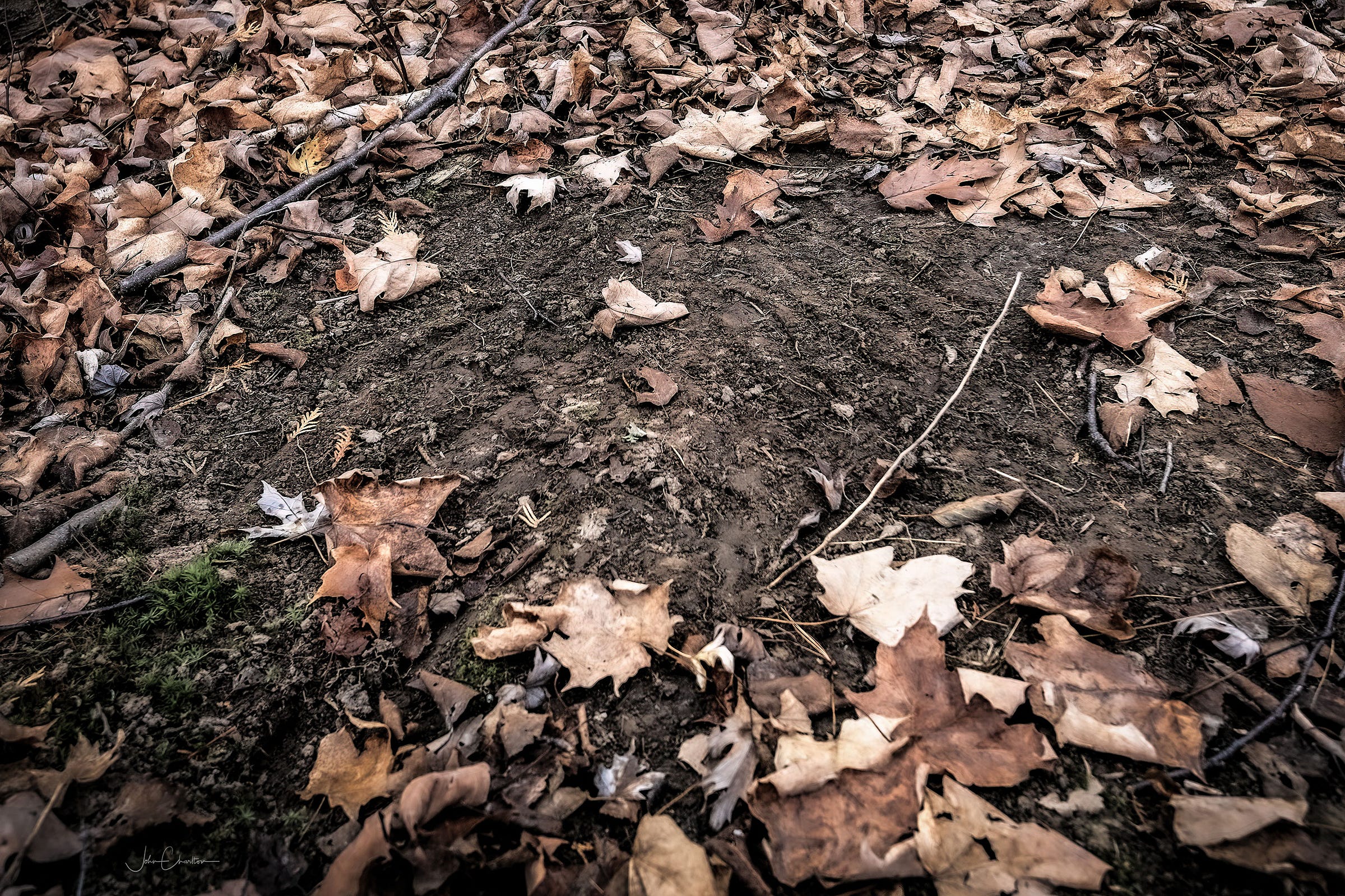
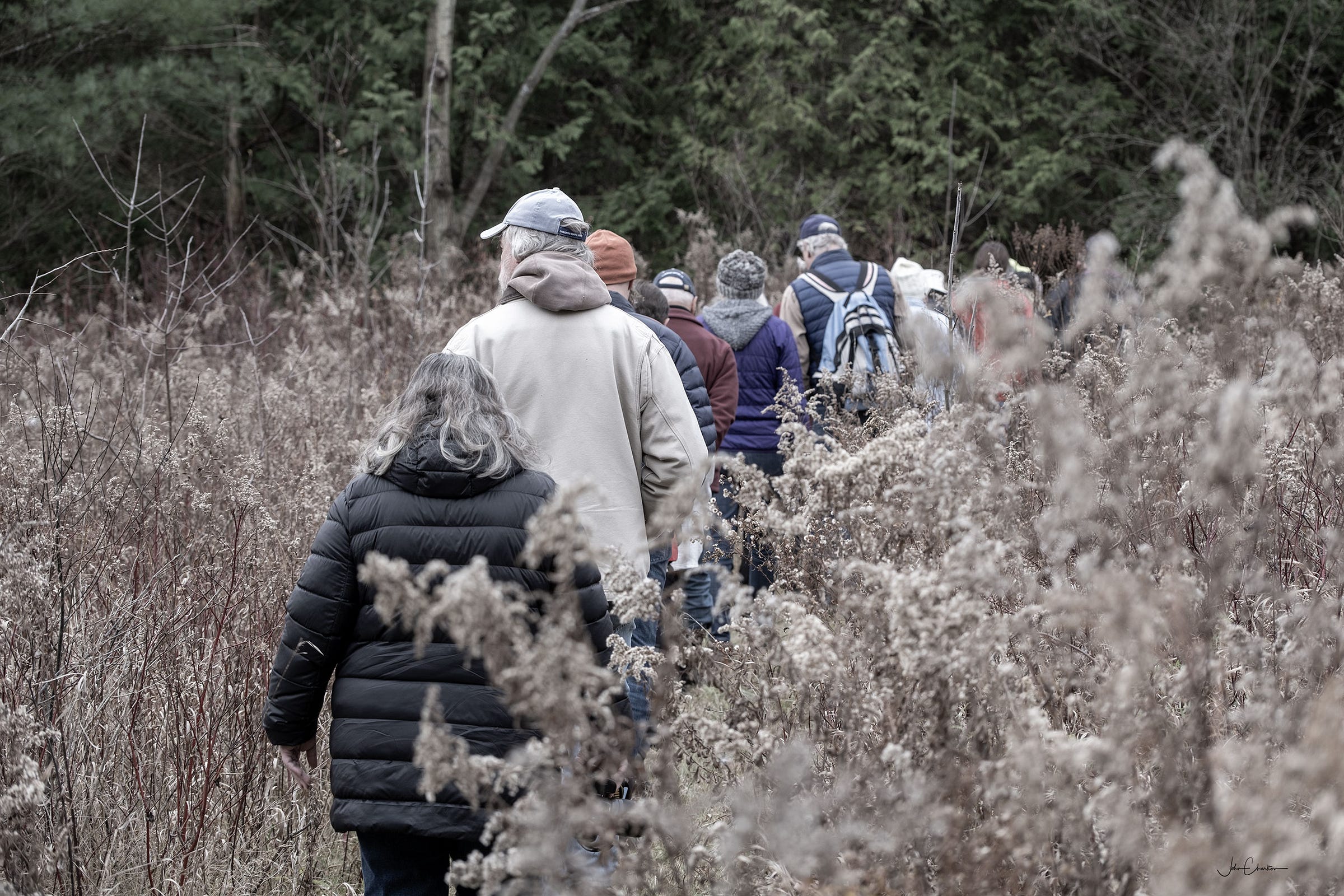
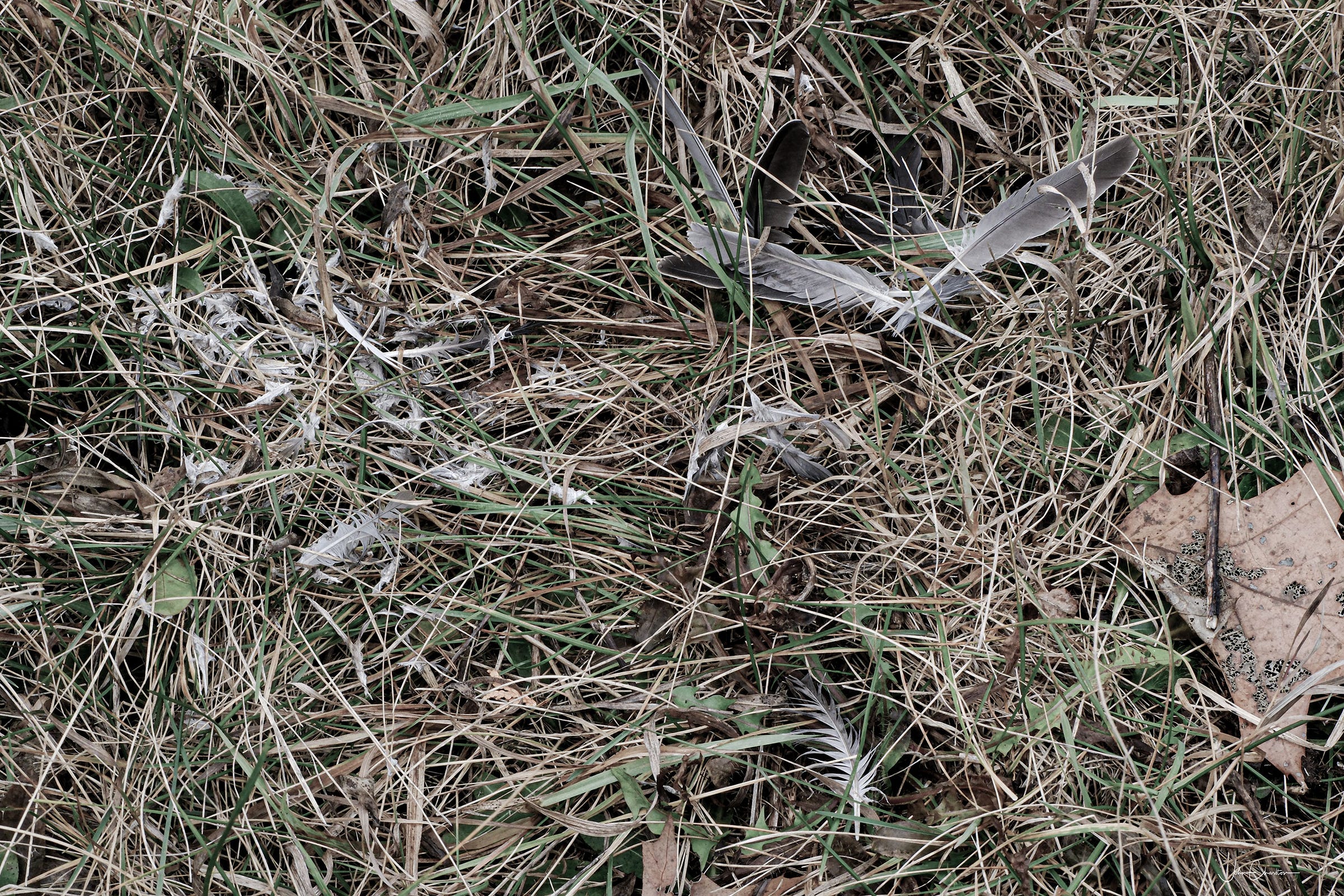
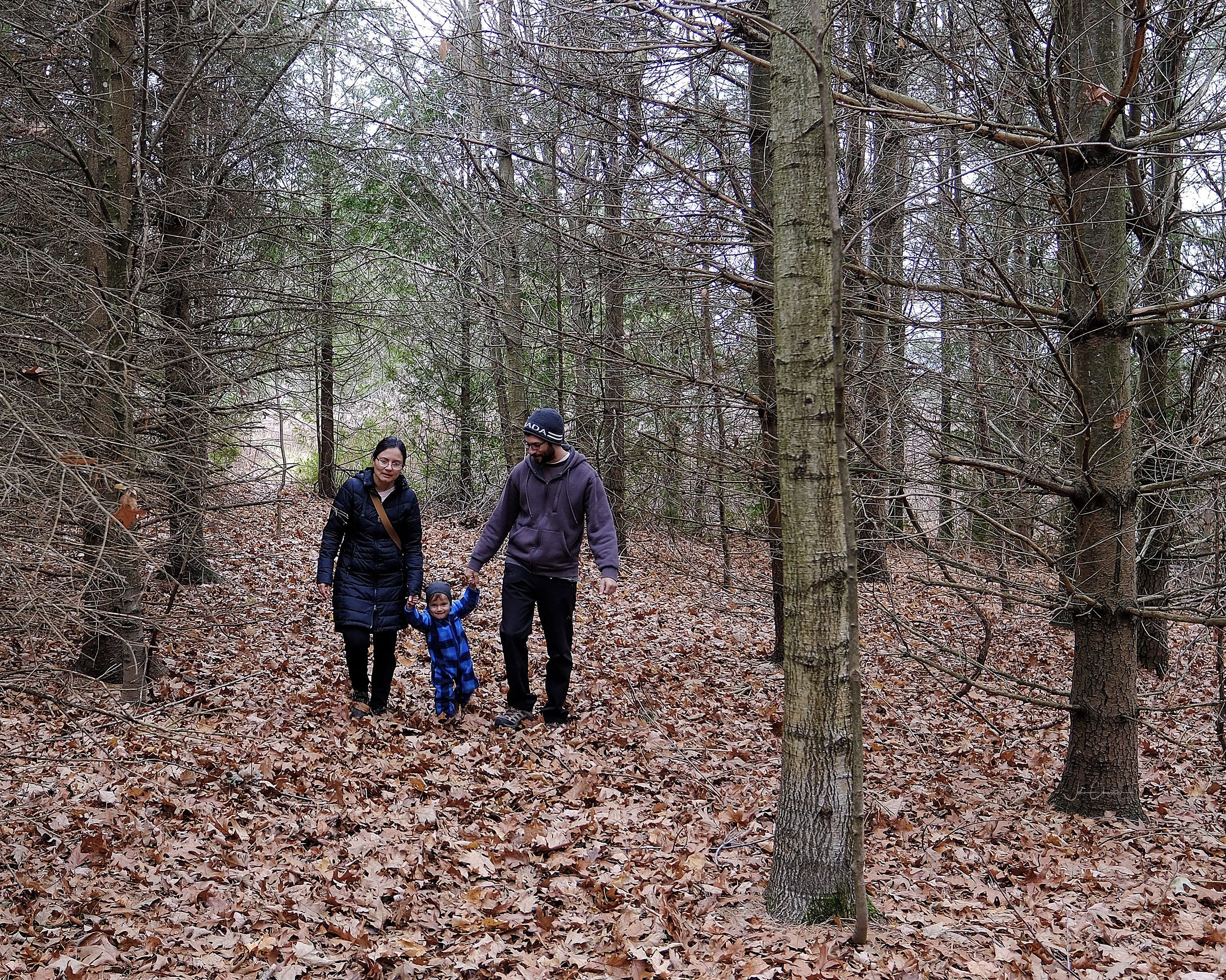
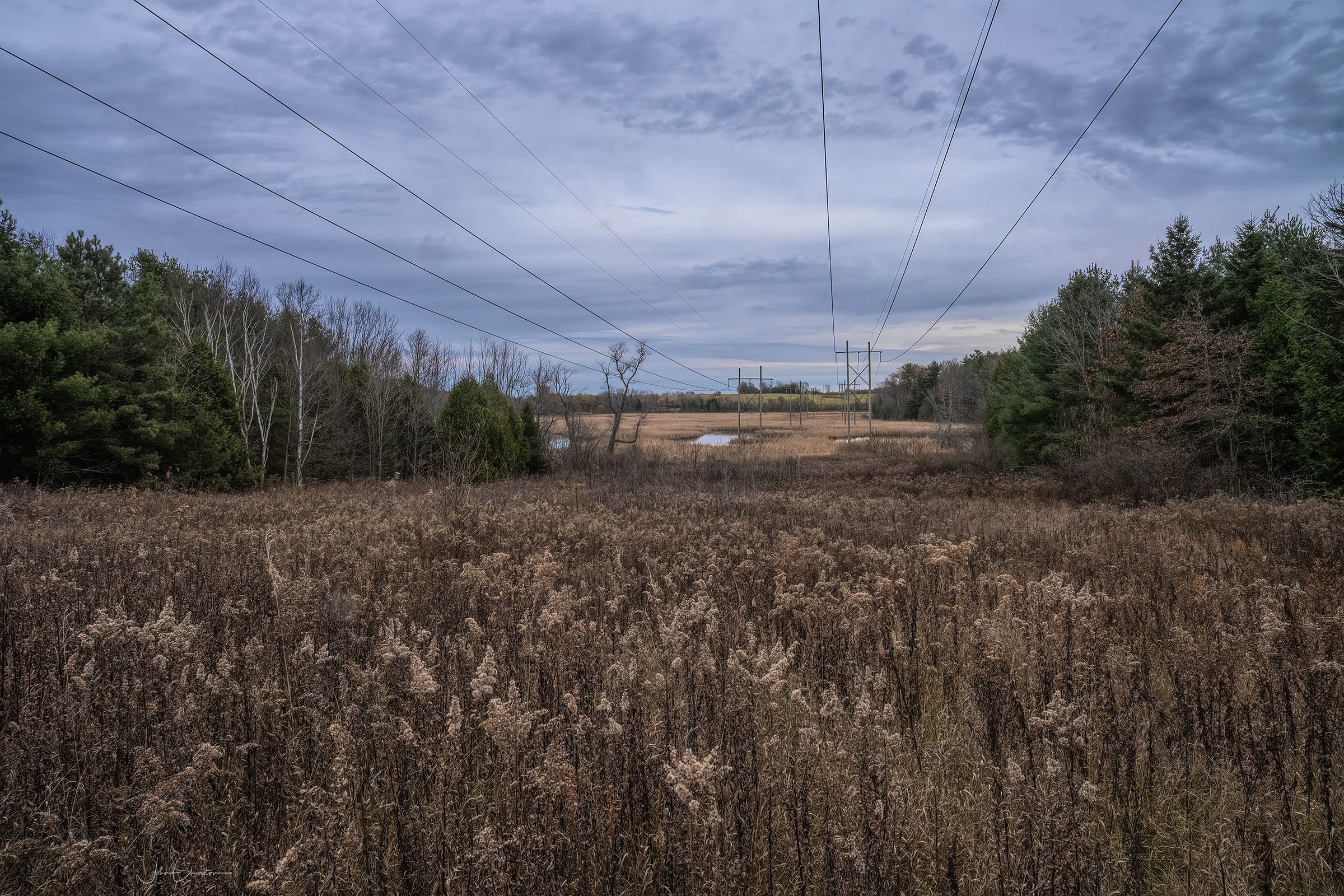

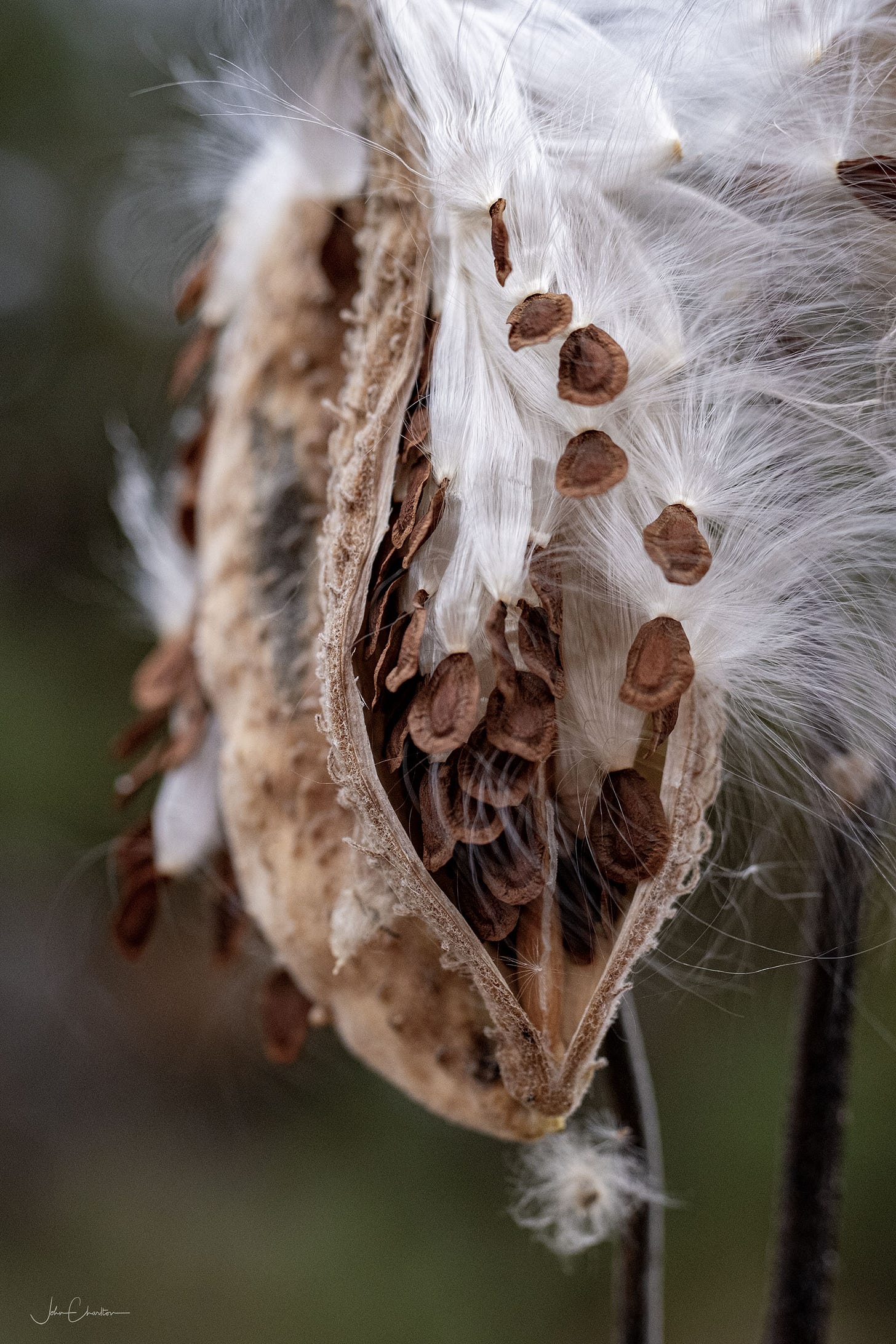
John, I love your opening photo of "A flock of Canada Geese circling Lone Pine Marsh". Very atmospheric and painterly.
I have been following your posts and empathize. I especially appreciate your keen eye for detail and beauty in Nature.
This poetic gem landed on my lap this morning and I hope you like it:
It is a Sanskrit poem by Kalidasa, an Indian playwright and poet from the 4th and 5th Century AD:
Look to this day,
for it is life,
the very breath of life.
In its brief course lie
all the realities of your existence;
the bliss of growth,
the glory of action,
the splendor of beauty.
For yesterday is only a dream,
and tomorrow is but a vision.
But today, well lived,
makes every yesterday a dream of happiness,
and every tomorrow
a vision of hope.
Look well, therefore, to this day.
Another great nature post John - thanks for sharing. I love the way you hang back and pick up details that others might just gloss over or pass by altogether. Nice photo of the milkweed pod spilling out with seeds ready to drift off and start anew.